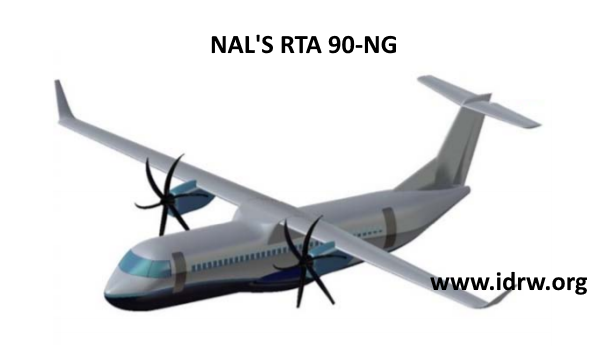SOURCE: AFI

The ambitious project to develop India’s own 90-seater turboprop aircraft, the RTA, faces significant financial and market challenges. While the initial development cost is estimated at $2 billion under a Special Purpose Vehicle (SPV), an aviation expert quoted by idrw.org suggests a much steeper climb could be needed.
The long-term viability of the RTA hinges on attracting significant investment beyond the initial development costs. The expert estimates that tax breaks and incentives amounting to $10-15 billion might be necessary to make the aircraft competitive in the Indian market and entice international buyers. This hefty price tag has the Indian government wary of approving the project.
With the recent privatization of Air India, the Indian government is no longer in a position to be a major customer for the RTA. The onus falls on private Indian airlines to adopt the aircraft in sufficient numbers to justify its production. Here’s where the challenges multiply.
For private airlines, the RTA needs to be not only cost-effective to operate and own but also technologically on par with existing competitors. Airlines are generally hesitant to be early adopters of new aircraft from untested manufacturers. Additionally, breaking into the international market dominated by giants like Boeing and Airbus appears daunting.
The expert proposes a different strategy. Instead of focusing on a new aircraft program, the Indian government could incentivize established domestic aerospace companies to set up final assembly lines for foreign models within the country. This approach could leverage existing technology while fostering domestic manufacturing capabilities.
The RTA project highlights the complexities of developing a new commercial aircraft in a competitive global market. The Indian government must carefully weigh the financial risks and market viability before giving it the green light. Exploring alternative strategies to boost domestic aviation capabilities might offer a more pragmatic path forward.